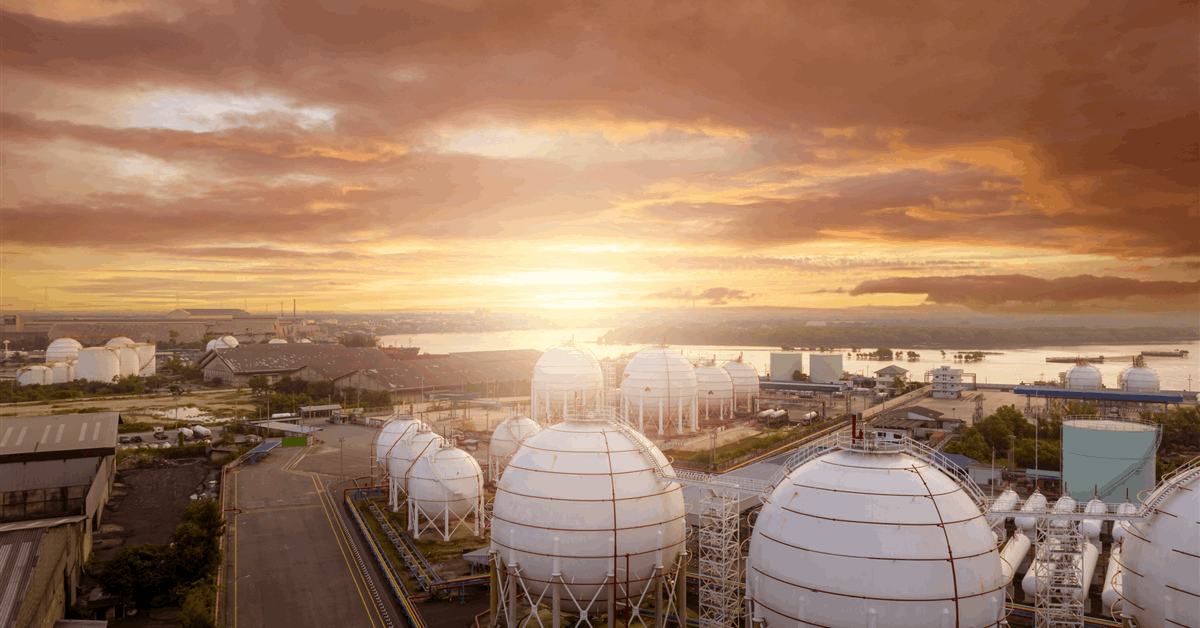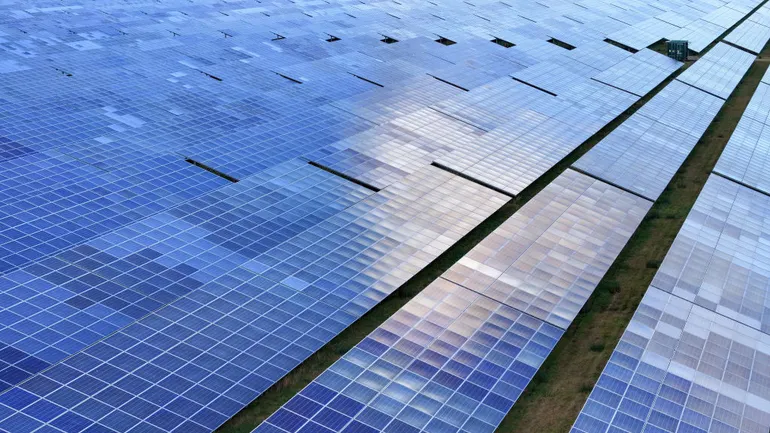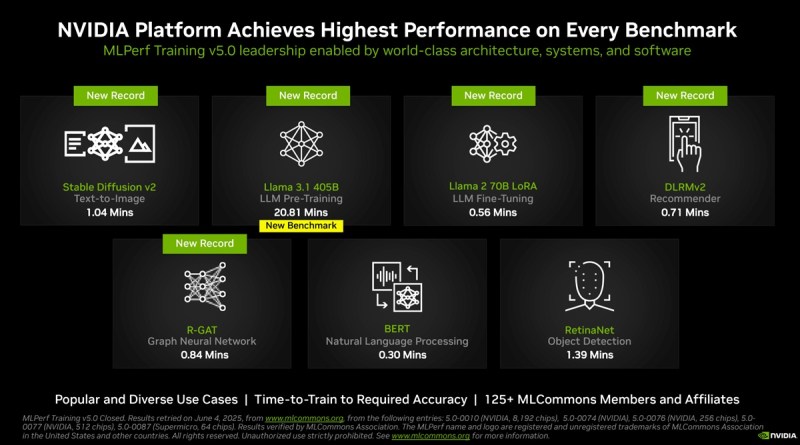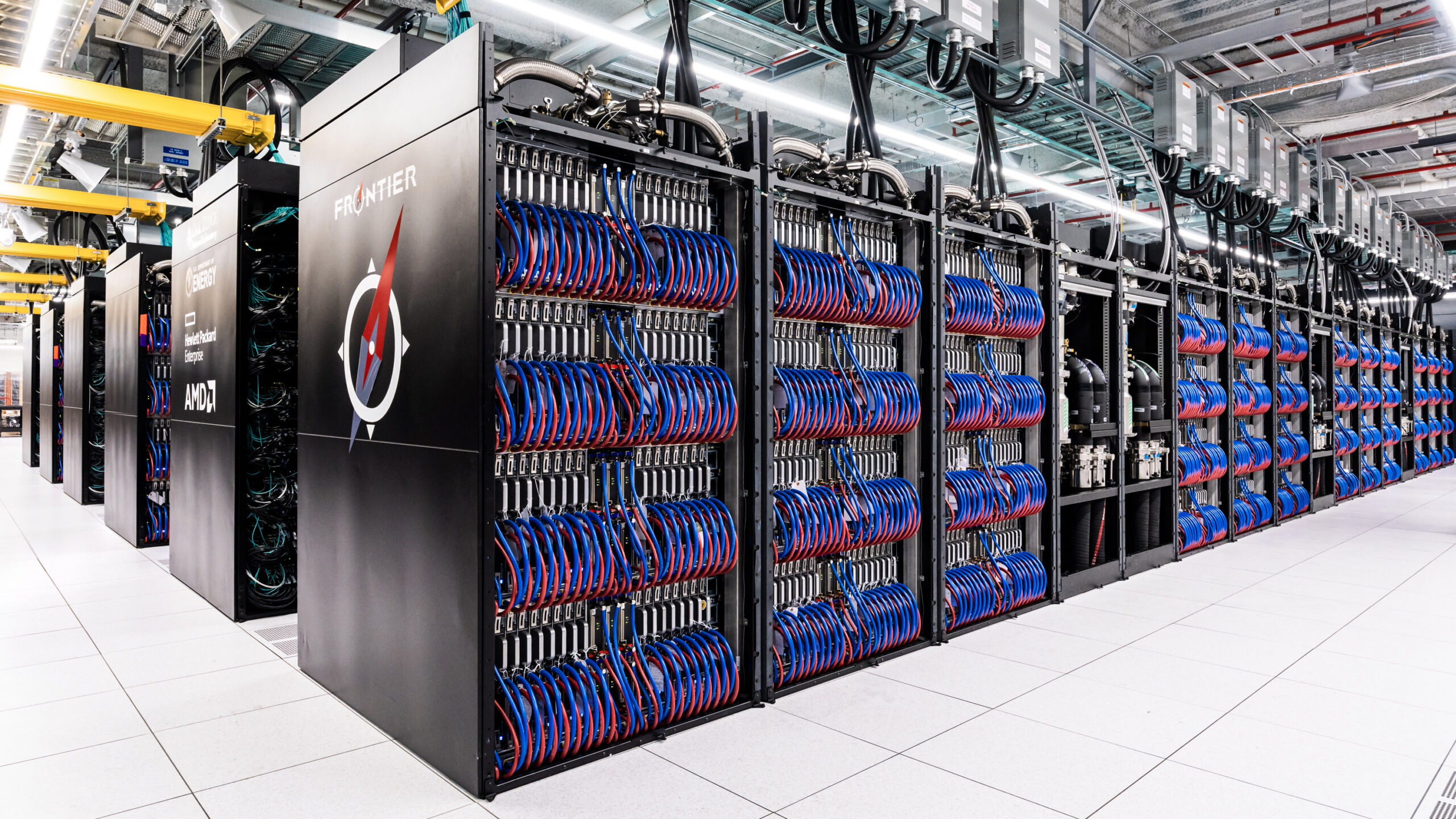
Glenfarne Group LLC has selected Worley Ltd. to complete engineering works and update the cost estimate for the Alaska LNG project in preparation for a final investment decision (FID).
Worley’s work “has commenced and will utilize and supplement the extensive package of previously completed engineering work and update the cost of the pipeline”, a joint statement said. “Worley has also been selected as the preferred engineering firm for the Cook Inlet Gateway LNG import terminal and project delivery advisor to Glenfarne across the Alaska LNG projects”.
Concurrently New York City-based energy investor Glenfarne launched a process to select partners to deliver the project. An FID is expected by year-end.
Alaska LNG, approved by the Federal Energy Regulatory Commission May 2020, will deliver natural gas from the state’s North Slope to both domestic and global markets. It is the only federally permitted liquefied natural gas (LNG) project on the United States Pacific Coast, according to co-developer Alaska Gasline Development Corp. (AGDC).
Alaska LNG has three subprojects: an LNG export terminal with a capacity of 20 million metric tons per annum (MMtpa), an 807-mile 42-inch pipeline and a carbon capture plant with a storage capacity of 7 MMtpa.
“Phase One will deliver natural gas approximately 765 miles from the North Slope to the Anchorage region. Phase Two adds compression equipment and approximately 42 miles of pipeline under Cook Inlet to the Alaska LNG Export Facility in Nikiski and will be constructed concurrently with the LNG export facility”, Glenfarne said.
“Glenfarne is pushing Alaska LNG forward with expediency engaging prospective strategic partners”, said Brendan Duval, chief executive and founder of Glenfarne.
“We are particularly proud to be expanding our relationship with Worley to Alaska LNG from our existing partnership on the Texas LNG project. Worley is one of the world’s largest and most experienced engineering and project delivery firms with a long history of success in Alaska”.
“The declining gas production from Cook Inlet risks Alaska’s energy security, as well as U.S. national security and military readiness”, said Duval. “Prioritizing the development and final investment decision of the pipeline is essential to solving the natural gas shortages which are already impacting the state”.
On March 27 AGDC and Glenfarne said they entered into agreements for the latter to acquire 75 percent of 8 Star Alaska, a company formed by AGDC to manage Alaska LNG.
“Glenfarne assumes the role of Alaska LNG’s lead developer and will lead all remaining development work of Alaska LNG from front-end engineering and design through to a final investment decision”, AGDC said then.
“AGDC remains a 25 percent owner of 8 Star Alaska and a key partner to Glenfarne on the project”, AGDC added.
“Alaska LNG will strengthen the U.S. geostrategic position in the North Pacific, provide vital energy security for our residents, our military bases, our businesses, and our Asian allies, and unlock billions in economic benefit at home and abroad”, Governor Mike Dunleavy said at the time.
To contact the author, email [email protected]
WHAT DO YOU THINK?
Generated by readers, the comments included herein do not reflect the views and opinions of Rigzone. All comments are subject to editorial review. Off-topic, inappropriate or insulting comments will be removed.
MORE FROM THIS AUTHOR





















